Old photos of Flatcoats...
Before WWI, FCRs were the top choice gundog breed in the UK, hunting both water and upland, flushing as well as retrieving. Not just birds...used for (and still used for in Europe) rabbits and other small came as well. After, the Labrador was the breed of choice and the numbers of FCRs plummeted, especially through WWII. An off-shoot of the FCRs, Golden Retrievers, are also more popular these days. I only mention this, though, because all these breeds have common origins and if you get back into the 1800s, pictures of dogs may be labeled St. John's or Wavy-Coated or Flat-Coated or Labrador (or a combination of these) or simply Retrieving Dog because they were all the same or very heavily shared genepools...this was before the strict modern view of bloodline purity.

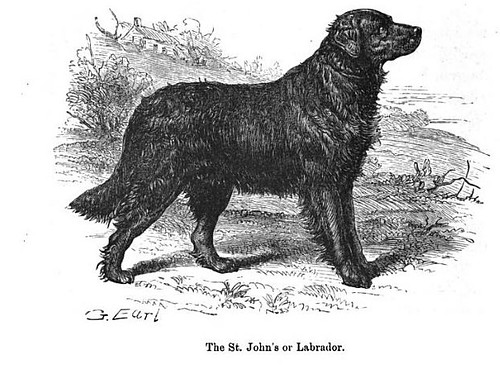


Then getting into dogs specifically known as FCRs...
CH Twiddle (late 1800s)
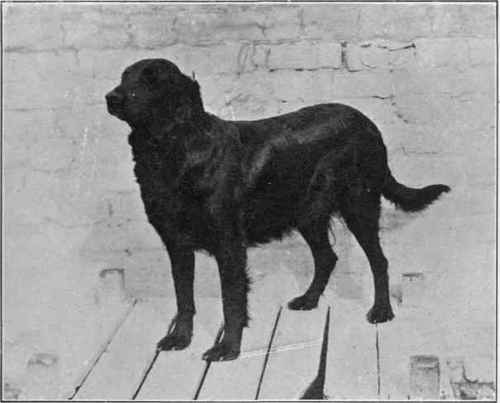
LTCOL H.M. Cornwall Legh with his FCRs (late 1800s)
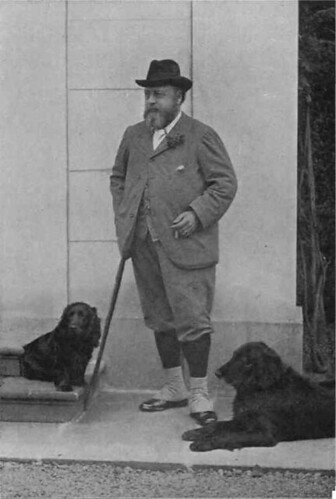
CH Right Away from All About Dogs by Charles Henry Lane (1901)
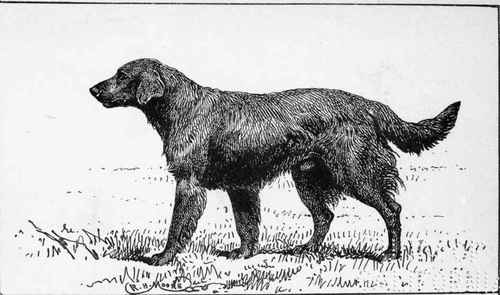
CH Black Queen (early 1900s)

CH Colwyn Clytie (early 1900s)
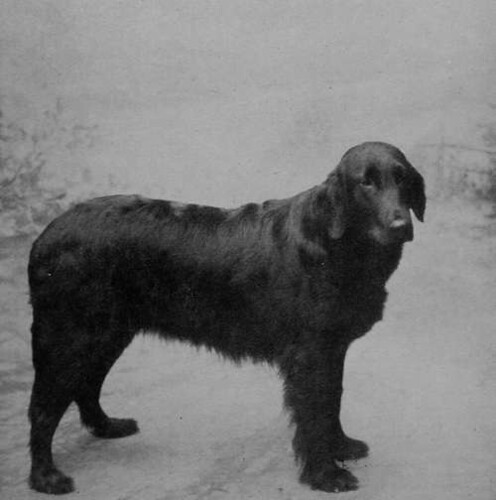
Just before WWI - 1915 book Dogs of All Nations by Walter Esplin Mason

Before WWI, FCRs were the top choice gundog breed in the UK, hunting both water and upland, flushing as well as retrieving. Not just birds...used for (and still used for in Europe) rabbits and other small came as well. After, the Labrador was the breed of choice and the numbers of FCRs plummeted, especially through WWII. An off-shoot of the FCRs, Golden Retrievers, are also more popular these days. I only mention this, though, because all these breeds have common origins and if you get back into the 1800s, pictures of dogs may be labeled St. John's or Wavy-Coated or Flat-Coated or Labrador (or a combination of these) or simply Retrieving Dog because they were all the same or very heavily shared genepools...this was before the strict modern view of bloodline purity.




Then getting into dogs specifically known as FCRs...
CH Twiddle (late 1800s)

LTCOL H.M. Cornwall Legh with his FCRs (late 1800s)

CH Right Away from All About Dogs by Charles Henry Lane (1901)

CH Black Queen (early 1900s)

CH Colwyn Clytie (early 1900s)

Just before WWI - 1915 book Dogs of All Nations by Walter Esplin Mason

